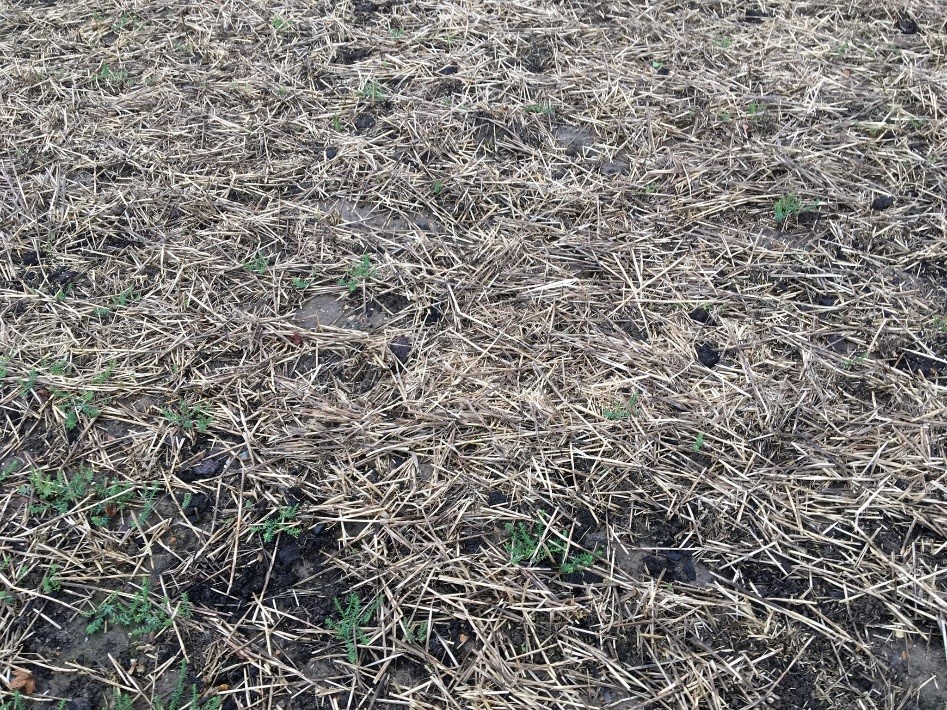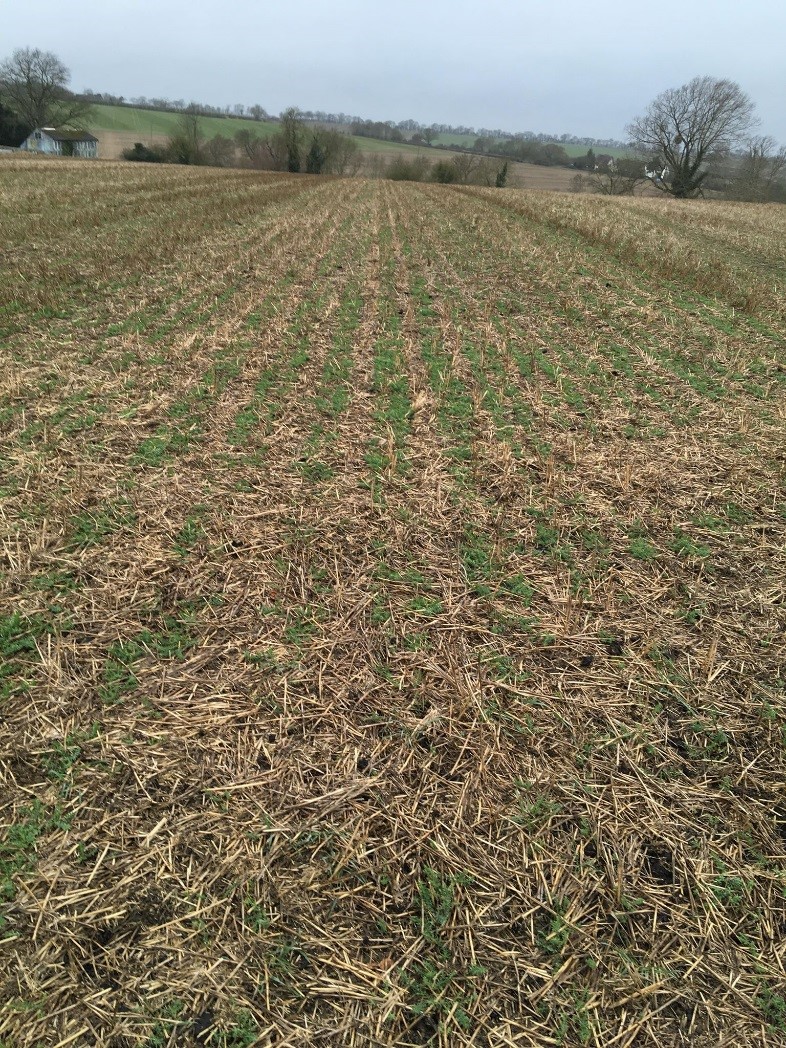News from the Field - Winter Linseed 2019 / 2020
Winter Linseed - Summer 2020
July 2020
Winter linseed harvest has got going, crops are combining well. Remember to use hot and sunny days for combining (where possible) and sharp knives in the combine.
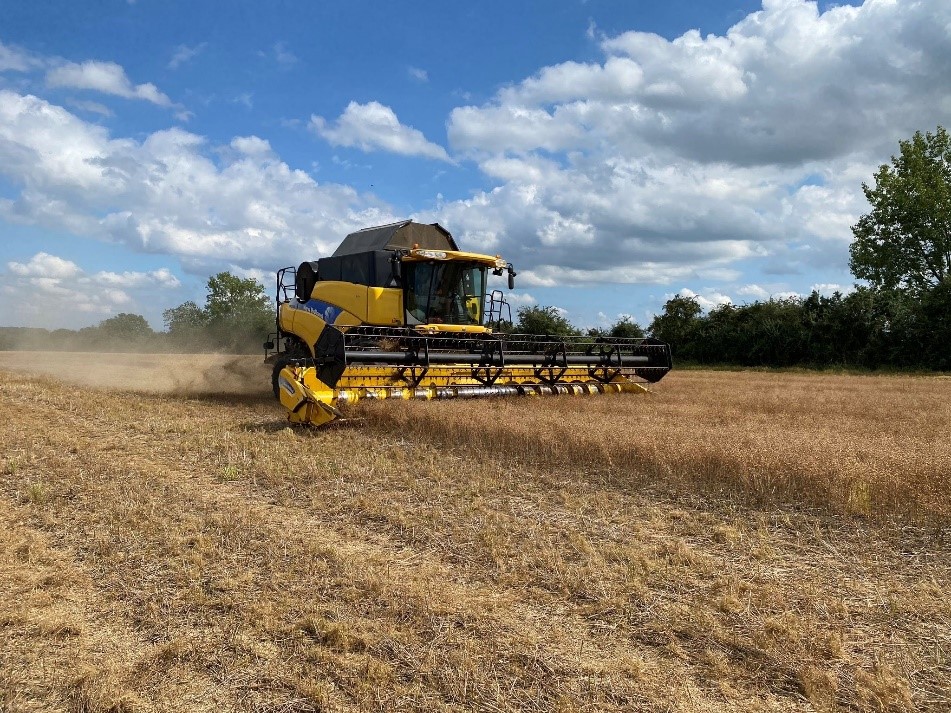
June 2020
Winter linseed desiccation is now upon us, with the loss of Reglone (Diquat) the remaining desiccant for linseed is glyphosate. However, seed growers must remember glyphosate cannot be used on seed crops. The AHDB has applied for an Emergency Application for Carfentrazone-ethyl, and we expect approval imminently.
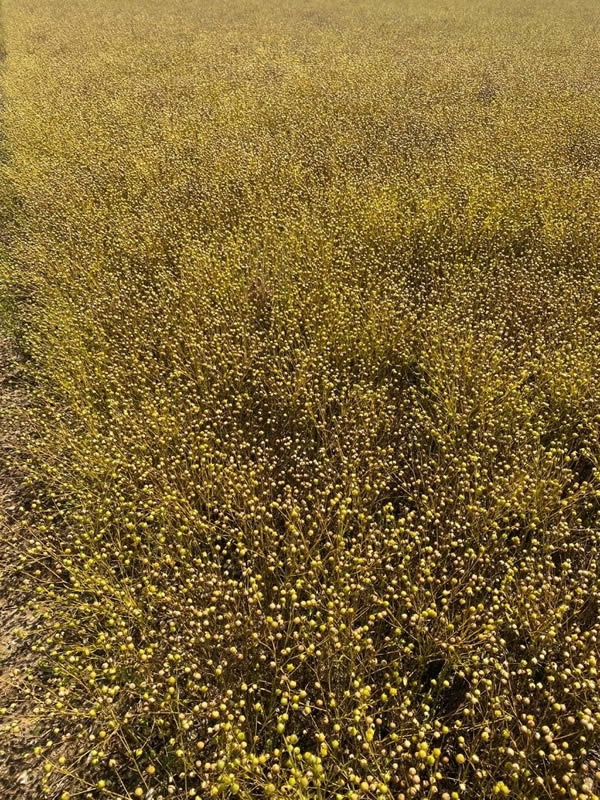
February 2020
The rain has been unrelenting, with numerous storms creating widespread disruption. The mild weather has meant that winter linseed has continued to grow slowly over winter and is now starting stem extension. Crops are at various growth stages, depending on the sowing date and level of pigeon grazing. Un-grazed crops are now between 10-15cm height.
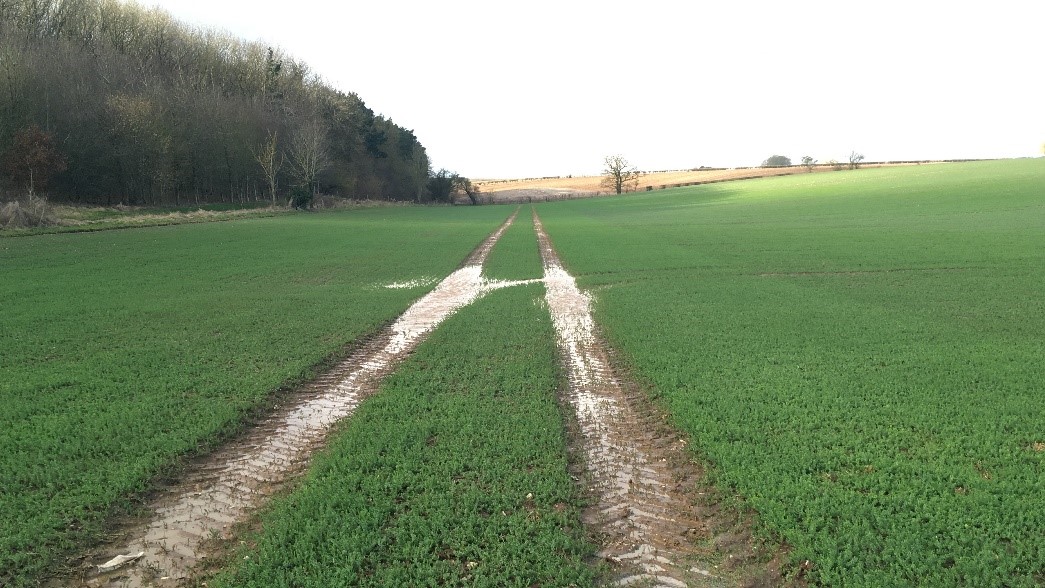
Premium Crops have had numerous calls about; PGR, herbicide and first fertiliser timings, and the order of these inputs. The below diagram should help answer any questions.....
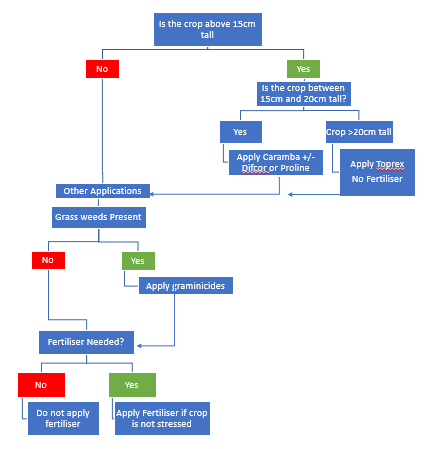
Late- November
The wet weather has continued, and therefore on many farms weed control has been problematic. Crops are smaller than last year, due to the weather, but plants are showing good rooting and branching. Winter linseed should be a maximum of 10cm by winter.
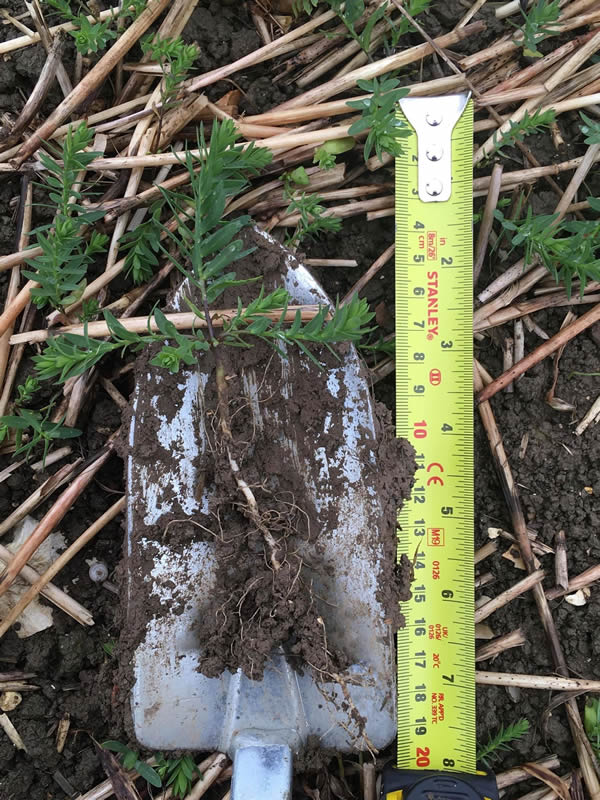
Temperatures are starting to drop, disease is still on the lower cotyledons and there if still time for applying post-em fungicides. Winter linseed is very frost hardy, down to -15°C, winter linseed trials in Scotland are run to test all commercial varieties for this.
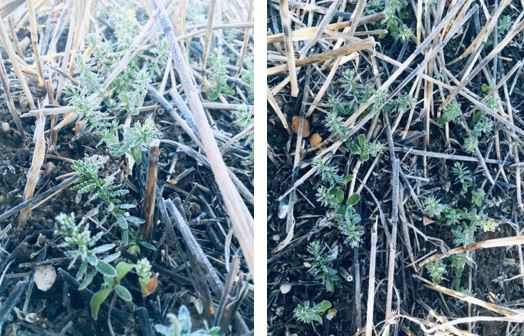
Early - November
An extremely wet October has created many problems for farmers, from high disease levels, drilling problems and high levels of grass weeds in crops.
In winter linseed grass weed control should be completed by the end of October, which has been a challenge. High levels of grass weeds and volunteer cereals have been seen in crops, due to a dry September delaying blackgrass emergence and the later rain triggering germination.
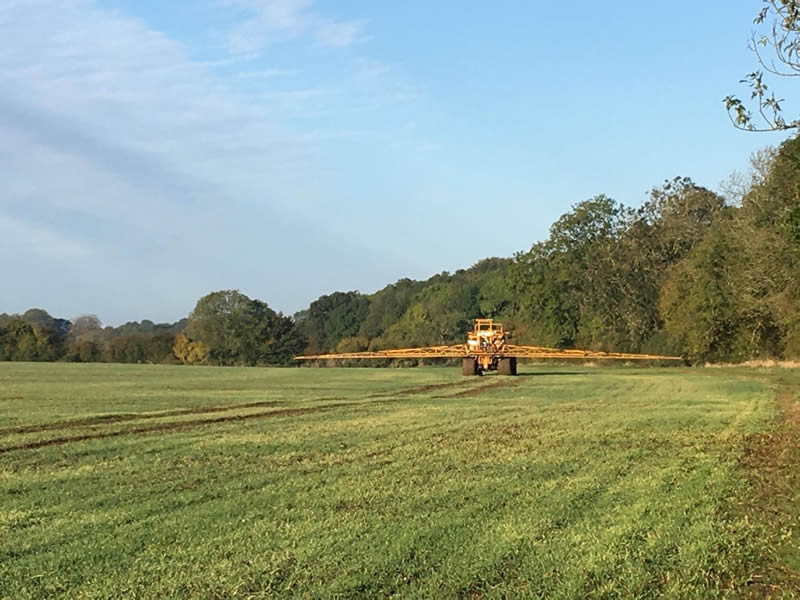
Post-emergence applications:
Below is a picture of Kabatiella Linicola, a disease similar to Phoma in Oilseed Rape, infects winter linseed in autumn/winter. The disease has been seen in most crops, yellow cotyledons are a sign it is present and closer inspection reveals lesions on leaves. So far it has stayed on the cotyledons, but could spread up the plant, via rain splash. Fungicide applications should be not be forgotten. For details on products and rates please visit Winter Linseed bulletins harvest 2020
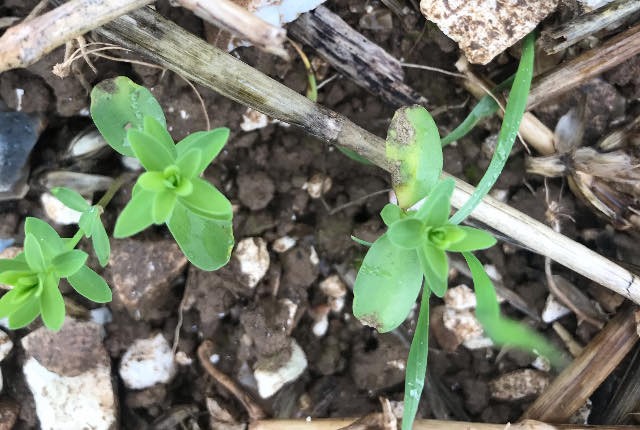
October
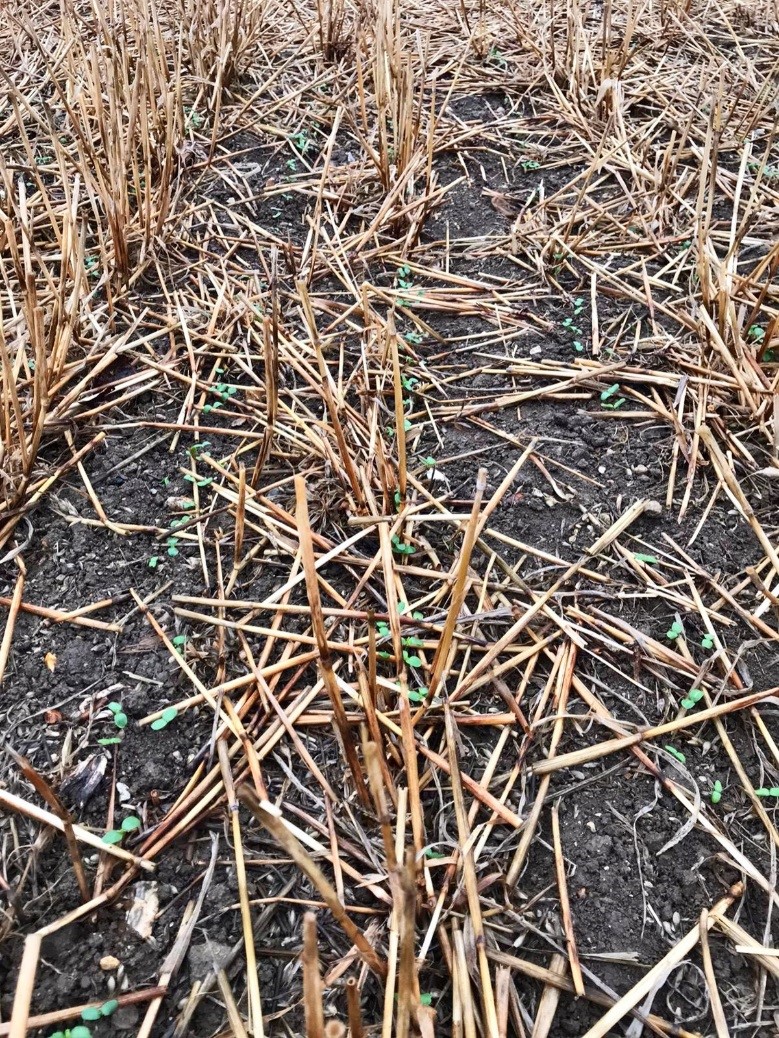
Crop drilling has been delayed across the country with the dry soil conditions. In some areas high amounts of rain have further delayed sowing by difficulty travelling. Crops should be put in the ground as soon as possible, however rain and mild weather will help late crops get up and going. Crops that were drilled are either starting to emerge and are looking well. Winter linseed is not affected by any flea beetle or any insect pest, therefore no insecticide is required.
Stocks of Callisto have been low this year and we had had calls about alternative broad leaf weed pre-em herbicides. Defy (prosulfocarb) and Sultan (Metazchlor) are approved for use on linseed under an EAMU, but they can cause crop damage and Premium Crops do not recommend their use. Growers should check EAMU products if they are not mentioned in bulletins. We have also been questioned about applying generic products, with the same active as Callisto, but these are not legally approved for use on linseed.
September
Straw reducing germination in winter linseed
High levels of surface straw can inhibit germination of winter linseed. The reason for this is not certain but could be due to; toxic shock of the straw, nitrogen lock up and too deep/shallow drilling of the seed due to the extra layer of straw present. No doubt the dry conditions last Autumn exacerbated the issue with no moisture to aid the straw break-down The below is a picture of reduced germination due to straw.
